A Livermore eam has developed GridDS — an open-source, data-science toolkit that provides an integrated energy data storage and augmentation infrastructure.
Science and Technology Highlights
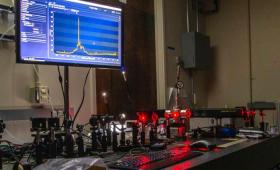
A team of researchers has found that the rate of cooling in reactions dramatically affects the type of uranium molecules that form.
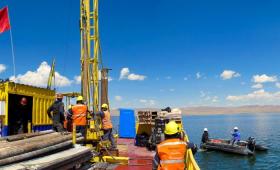
Scientists have shown that glaciers in the tropical Andes mountains have been in sync with polar ice extent in Antarctica and the Arctic for nearly a million years.

LLNL researchers are collaborating with the French Alternative Energies and Atomic Energy Commission to help develop a cryogenic target system for its Laser Mégajoule.
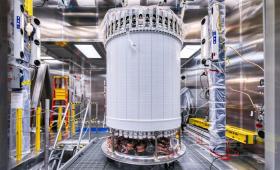
The LUX-ZEPLIN (LZ) experiment, the world's most sensitive dark matter detector, has passed a check-out phase of startup operations and delivered its first results.

Livermore is partnering with Ampcera Inc. to develop solvent-free Laser Powder Bed Fusion additive manufacturing technologies for the fabrication of 3D-structured lithium battery cathodes.
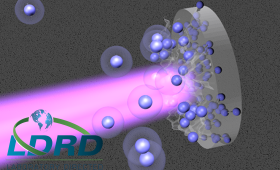
Livermore scientists have obtained high-precision thermodynamic data on warm dense nitrogen at extreme conditions.
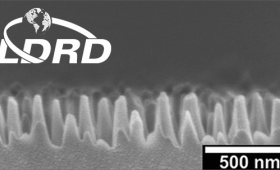
LLNL researchers have reported a significant advance in broadband antireflective coatings applied to optics using nanostructure metasurface technology.

Livermore researchers have devised a physics-based cryptocurrency that links electrical energy and blockchain technologies.
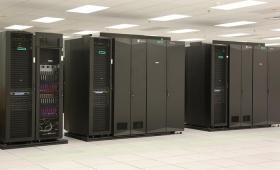
Three predecessor machines for Lawrence Livermore’s future exascale system El Capitan ranked highly on the latest Top500 List of the world’s most powerful supercomputers.


